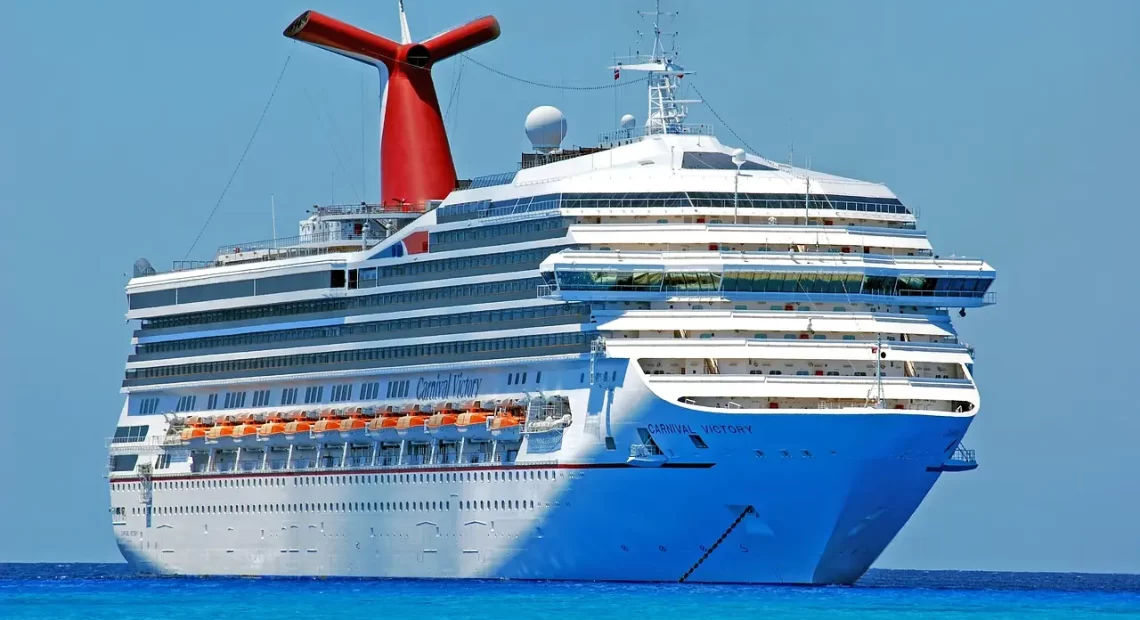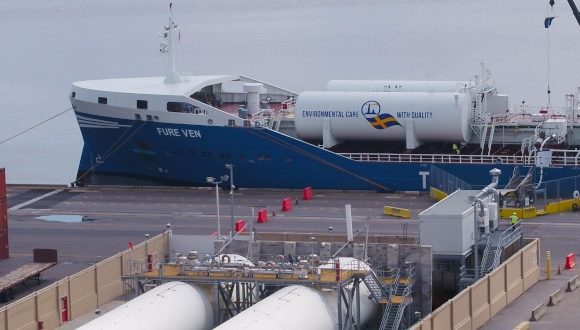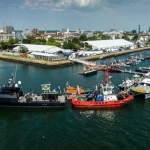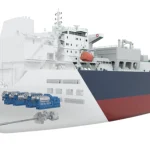Air Emissions Reduction in Shipping

While the sea has long been a symbol of boundless opportunity, it has also unwittingly become a stage for a less melodious performance: air pollution caused by maritime transportation.
Sailing into the Problematic Horizon
Let’s set sail on this exploration, not as mere passengers but as stewards of our oceans, delving into the deep blue to understand the problem and uncover the strategies and technologies that can harmonise our journey with the planet.
A Sea of Consequences: The Environmental Impact
Imagine majestic vessels slicing through the waves, leaving behind a trail not just of foamy elegance but also of air pollutants. The emissions from ships, including sulphur oxides (SOx), nitrogen oxides (NOx), and particulate matter, cast a shadow over the pristine beauty of our oceans.
These emissions, beyond tarnishing the visual spectacle, contribute to climate change, acid rain, and pose health risks to both marine life and humans. The need for a course correction is undeniable, and the maritime industry is steering towards cleaner waters.
Fuelling Change: Embracing Cleaner Fuels
Our first beacon of hope in this fog of emissions is the transition towards cleaner fuels. Picture the traditional heavy fuels of yesteryear being replaced by a fleet of greener alternatives—liquefied natural gas (LNG), biofuels, and even electricity. This shift not only reduces harmful emissions but also aligns our sails with the winds of sustainable energy.
LNG, in particular, has emerged as a star player in the clean fuel game. When burned, it produces significantly fewer air pollutants than traditional marine fuels, offering a breath of fresh air for our oceans. Biofuels, derived from organic matter, present a renewable and environmentally friendly option, bringing us closer to a maritime utopia where our voyages leave behind nothing but ripples.
Harnessing the Winds of Change: Emission Control Systems
As we ride the waves of progress, another powerful ally in our quest for air emissions reduction emerges—the implementation of emission control systems. These systems, often akin to the sorcerers of the sea, work their magic to scrub pollutants from ship exhausts before they are released into the atmosphere.
One such enchanting technology is the Exhaust Gas Cleaning System, or more colloquially, the scrubber. This device acts as a purifier, capturing harmful pollutants and ensuring that what our ships exhale is much cleaner than what they inhale. By embracing such emission control systems, the maritime industry not only mitigates its environmental impact but also demonstrates a commitment to a cleaner, healthier maritime future.

The Rising Tide of Collaboration
As we navigate the uncharted waters of emission reduction, the importance of collaboration becomes evident. Governments, industry players, and environmental advocates must join forces, hoisting the sails of change together. Regulations and international agreements, such as the International Maritime Organization’s (IMO) global sulphur cap, act as the compass guiding ships towards cleaner practices. This collaboration extends beyond borders, creating a network of shared responsibility and accountability. A rising tide lifts all ships, and in this case, it lifts them to new standards of environmental stewardship.
Challenges on the Horizon: Navigating the Transition
Of course, no journey is without its challenges, and the transition towards air emissions reduction in shipping is no exception. The initial investment in cleaner technologies and fuels may be a storm to weather, but it’s a storm worth facing for the long-term benefits.
Additionally, the need for infrastructure, such as LNG bunkering stations, presents hurdles that require strategic navigation. However, the maritime industry has proven its resilience time and again, and with a steady hand on the helm, these challenges can be overcome.
The Final Port of Call: A Greener Maritime Future
As we approach the final stretch of our voyage, the vision of a greener maritime future comes into view. Cleaner fuels, emission control systems, collaborative efforts, and navigational resilience—all these elements converge to shape a horizon where our ships leave behind not just wakes but a legacy of environmental responsibility.
Conclusion
The journey towards air emissions reduction in shipping is a shared odyssey, where the winds of change propel us towards cleaner, clearer skies. As we continue to explore innovative strategies and technologies, let us set sail with a renewed commitment to preserving our oceans and ensuring that the maritime industry remains not just a symbol of progress but also a beacon of environmental responsibility. The course is set; let’s navigate it together towards a sustainable and thriving maritime future.
Facts and Statistics
Environmental Impact: Ships emit pollutants such as sulphur oxides (SOx), nitrogen oxides (NOx), and particulate matter.
These emissions contribute to climate change, acid rain, and pose health risks to marine life and humans.
Transition to Cleaner Fuels: Cleaner fuel alternatives include liquefied natural gas (LNG), biofuels, and electricity.
LNG, in particular, produces significantly fewer air pollutants than traditional marine fuels.
Emission Control Systems: Exhaust Gas Cleaning Systems, or scrubbers, act as purifiers, capturing harmful pollutants from ship exhausts.
Implementation of emission control systems helps ships release cleaner emissions into the atmosphere.
Collaboration and Regulations: Collaboration among governments, industry players, and environmental advocates is crucial for emission reduction.
International agreements, such as the International Maritime Organization’s global sulphur cap, guide the industry toward cleaner practices.
Challenges and Solutions: Challenges include initial investments in cleaner technologies and the need for infrastructure like LNG bunkering stations.
The maritime industry’s resilience and strategic navigation can overcome these challenges.
References
International Maritime Organization. (2020). MARPOL Annex VI – Prevention of Air Pollution from Ships. London, United Kingdom.
European Maritime Safety Agency. (2018). Sulphur Content in Marine Fuels. Lisbon, Portugal.
International Chamber of Shipping. (2019). Greenhouse Gas Reduction Roadmap for the Shipping Industry. London, United Kingdom.
United Nations Conference on Trade and Development. (2019). Review of Maritime Transport. Geneva, Switzerland.
International Council on Clean Transportation. (2020). Reducing Greenhouse Gas Emissions from Global Shipping: Assessment of Policy Options. Washington, D.C., United States.
Lloyd’s Register. (2021). Maritime Decarbonization In-Depth: Reaching Zero-Emission Shipping. London, United Kingdom.
Reducing emissions from the shipping sector
Cutting GHG emissions from shipping – 10 years of mandatory rules
Ship Energy Efficiency And Fuel Conservation















